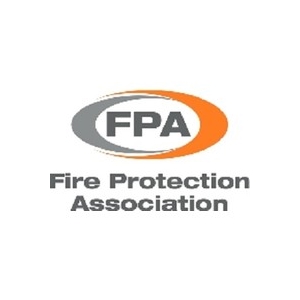Entitled Closing data gaps and paving the way for pan-European fire safety efforts, the report offers a useful overview of the situation of managing fire safety statistics in Europe and internationally. Additionally, it identifies "potential ways forward for further harmonization and cross-learning between different countries."
It is hoped that the report will highlight the variations in fire safety measures that currently exist on an international level and offer a more unified approach that can be agreed upon by all.
Author's quote
Howard Passey, the FPA's Director of Operations, welcomes the report and adds that while challenges remain, this is a "huge and proactive step in the right direction."
Purpose of the project is to map the terminology used and the data collected by the fire events
“As I think we all recognize, the sharing of information in whatever field enables learning and promotes consistency. In the fire safety arena, this is even more important as understanding how fires start, develop, and spread allows for the introduction of mechanisms to address faults and failings and further support best practices."
"One of the issues we commonly face is that different countries will tend to work in silos, but this collaborative project promotes and enables the collection of information in a consistent fashion and collates meaningful data for analysis to support decision-making," he says.
EU FireStat project
This new publication is a key resource from the EU FireStat project, which was created in conjunction with nine different international fire safety institutions, bringing together their vast knowledge and experience. As outlined in the report, the purpose of the project is to map the terminology used and the data collected by the EU Member States regarding fire events and to propose a common terminology and method for collecting the necessary data in each EU member state to obtain meaningful datasets (based on standardized terms and definitions).
This, in turn, should allow for knowledge-based decisions regarding fire safety at the member state and the EU level regarding building fires (for instance, houses, apartment blocks, office buildings, commercial buildings, hospitals, schools and kindergartens, and retirement homes).
















